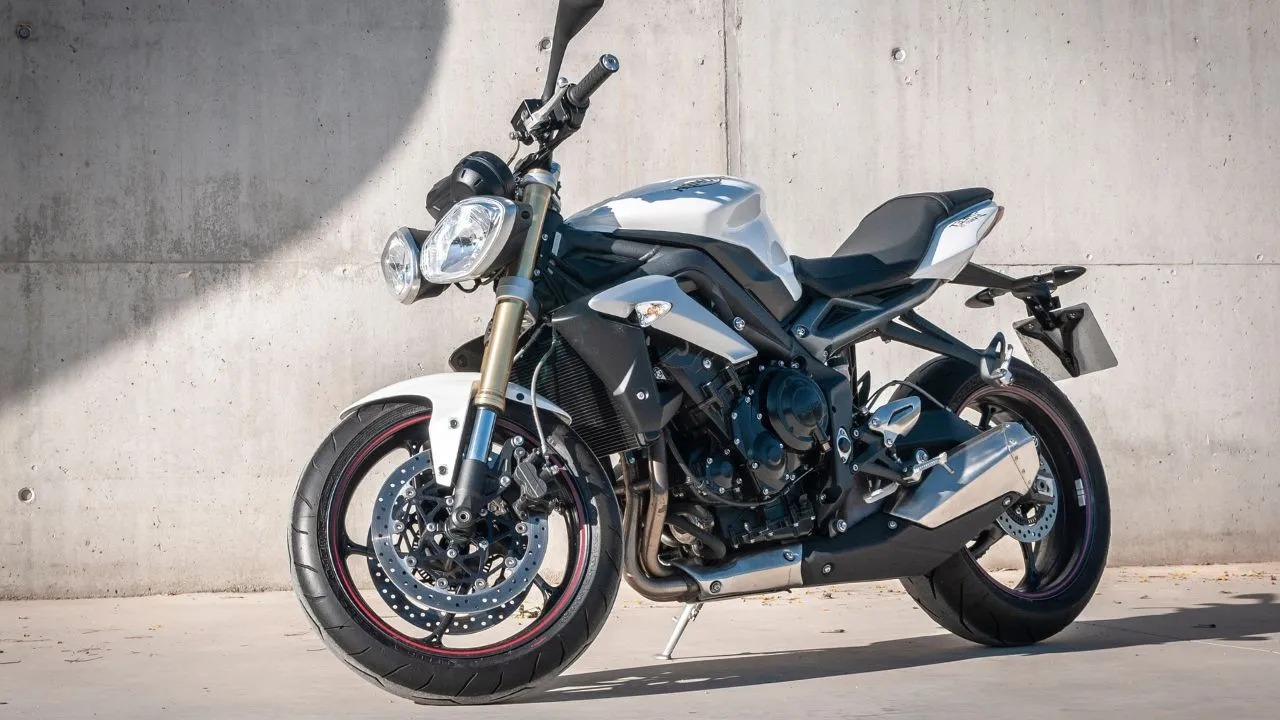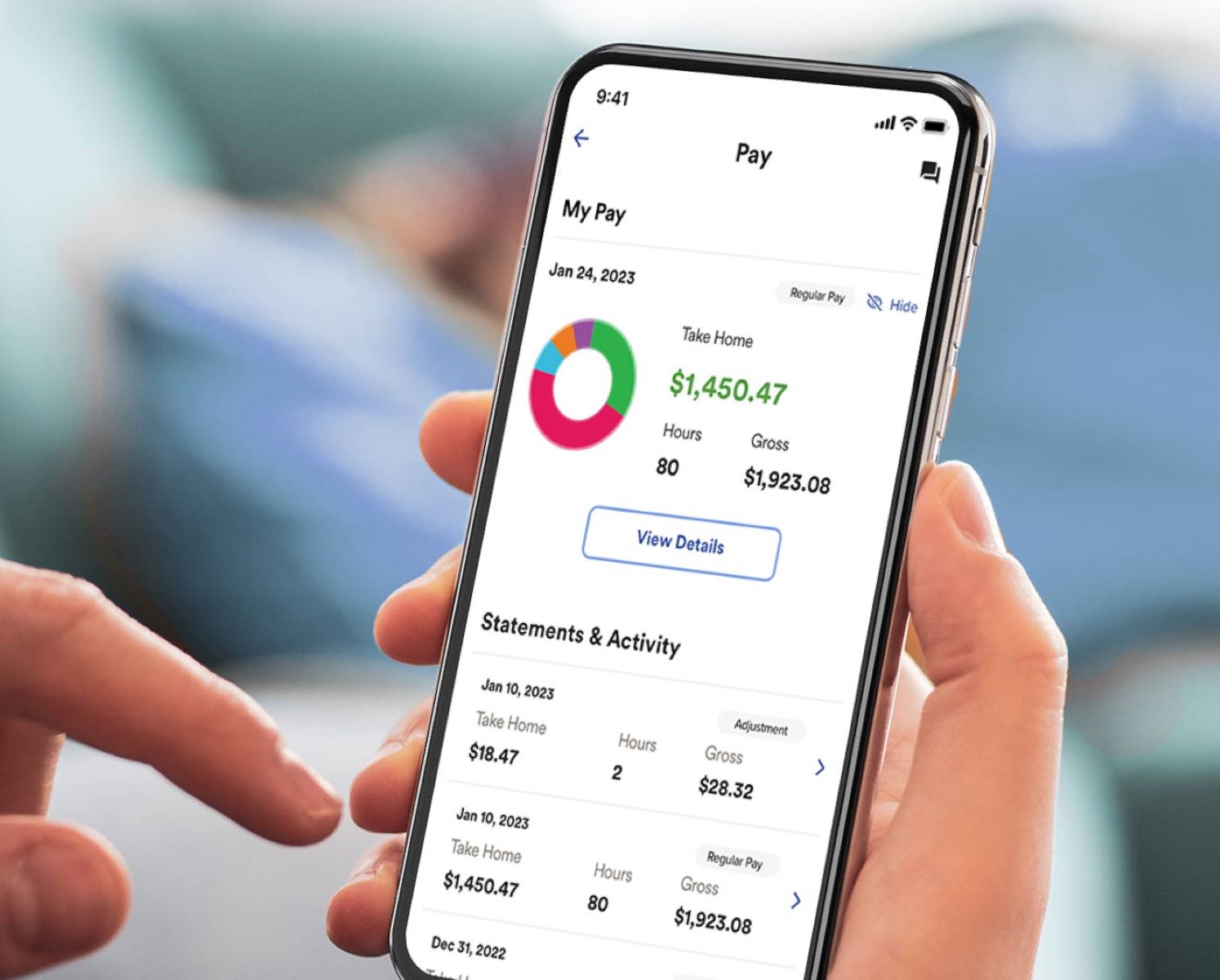

Finance
How Much Is Insurance On A Motorcycle?
Published: November 28, 2023
Find out how much insurance on a motorcycle costs and get a better understanding of how it affects your finances. Compare quotes and choose the right coverage for you.
(Many of the links in this article redirect to a specific reviewed product. Your purchase of these products through affiliate links helps to generate commission for LiveWell, at no extra cost. Learn more)
Table of Contents
Introduction
Motorcycles are an exhilarating mode of transportation, providing a sense of freedom and adventure on the open road. Whether you use your motorcycle for daily commuting or weekend getaways, it’s essential to protect yourself and your bike with the right insurance coverage. But just how much does motorcycle insurance cost?
Understanding the factors that affect motorcycle insurance rates is crucial in determining the cost. From the type of bike you ride to your personal information and driving history, insurance companies consider a variety of factors when determining your premium. Additionally, the coverage options you choose, such as liability, collision, and comprehensive, will also impact the cost.
In this article, we will delve into the factors that affect motorcycle insurance rates, discuss the coverage options available, provide insight into the average cost of motorcycle insurance, and offer some practical tips to help you save money on your premiums. Whether you’re a seasoned rider or a novice looking to get your first bike, this guide will equip you with the knowledge you need to make informed decisions about your motorcycle insurance.
As you venture into the world of motorcycle insurance, keep in mind that prices may vary significantly depending on your unique circumstances. While insurance costs can add to the overall expenses of owning and maintaining a motorcycle, it’s an essential investment to protect yourself, your bike, and your financial well-being. So, let’s dive deeper into the factors that influence motorcycle insurance rates and explore the coverage options available to riders.
Factors that Affect Motorcycle Insurance Rates
When it comes to determining motorcycle insurance rates, insurance providers consider a range of factors to assess the level of risk they are insuring. Here are some of the key factors that can affect the cost of your motorcycle insurance:
- Age and Experience: Younger and less experienced riders generally face higher insurance premiums as they are considered more likely to be involved in accidents. As riders gain more experience and reach a certain age, their rates may decrease.
- Type of Motorcycle: The type and model of your motorcycle play a significant role in determining your insurance rates. High-performance bikes and sport motorcycles typically have higher insurance premiums due to their increased risk of accidents and theft. On the other hand, cruisers and standard motorcycles are often associated with lower insurance costs.
- Location: Where you live can impact your insurance rates. Urban areas with higher traffic congestion and crime rates tend to have higher insurance premiums. Similarly, regions prone to extreme weather conditions or a high number of motorcycle accidents may also result in increased insurance costs.
- Usage and Mileage: The amount of time you spend on your motorcycle and the distance you travel can affect your insurance rates. If you only use your bike for occasional leisure rides, you may qualify for lower premiums compared to riders who use their motorcycles for daily commuting or long-distance travel.
- Driving Record: Your driving record and history of accidents and traffic violations can significantly impact your motorcycle insurance rates. Riders with a clean driving record and no claims are generally rewarded with lower premiums, while those with a history of accidents or violations may face higher costs.
- Credit History: In some cases, insurance companies may consider your credit history when calculating your motorcycle insurance rates. Research suggests that individuals with higher credit scores tend to have fewer insurance claims, resulting in potentially lower premiums.
It’s important to note that each insurance provider may weigh these factors differently, resulting in varying insurance quotes. Some insurers may place more emphasis on certain factors than others, so it’s always wise to compare quotes from multiple providers to find the most affordable and suitable option for your specific situation.
Now that we have explored the factors that can affect motorcycle insurance rates, let’s move on to discussing the different coverage options available for motorcycle insurance.
Coverage Options for Motorcycle Insurance
When it comes to motorcycle insurance, there are various coverage options to consider. Understanding these options can help you tailor your policy to fit your specific needs and budget. Here are the common coverage options available:
- Liability Insurance: This coverage is typically required by law and helps protect you financially if you cause an accident that results in injury or property damage to others. Liability insurance helps cover the costs of medical expenses, legal fees, and property repairs or replacements.
- Collision Insurance: Collision insurance covers the cost of repairing or replacing your motorcycle if it is damaged in a collision. Whether the accident is with another vehicle or an object, collision insurance helps cover the repairs or market value of your bike.
- Comprehensive Insurance: Comprehensive insurance offers coverage for damages to your motorcycle that are not related to collisions. This includes theft, vandalism, fire, natural disasters, and other non-collision incidents. Comprehensive coverage helps protect your investment in your bike against various risks.
- Uninsured/Underinsured Motorist Coverage: This coverage helps protect you if you are involved in an accident with a driver who does not have insurance or does not have enough insurance to cover the damages. Uninsured/underinsured motorist coverage can help pay for medical expenses, lost wages, and other damages.
- Medical Payments Coverage: Medical payments coverage, also known as MedPay, helps cover medical expenses for you and your passengers in the event of an accident, regardless of who is at fault. This coverage can help alleviate the burden of medical bills resulting from injuries sustained in a motorcycle accident.
- Personal Injury Protection: Personal injury protection, or PIP, is similar to medical payments coverage and helps cover medical expenses, lost wages, and other related costs resulting from a motorcycle accident. PIP coverage varies by state, so be sure to check the specific requirements and options available in your area.
Keep in mind that the coverage options and requirements may vary depending on your location and the insurance provider. It’s essential to review your state’s minimum insurance requirements and consult with an insurance professional to determine the most suitable coverage options for your specific needs.
Now that we have explored the coverage options, let’s move on to discussing the average cost of motorcycle insurance and the factors that can influence it.
Average Cost of Motorcycle Insurance
The average cost of motorcycle insurance can vary significantly depending on several factors, including your age, location, driving record, and the type of motorcycle you ride. However, industry data suggests that the average annual cost of motorcycle insurance in the United States ranges from $200 to $2,000.
Several factors contribute to this wide range in costs:
- Age and Experience: Younger riders, especially those under 25, often face higher premiums due to their perceived higher risk of accidents. As riders gain more experience and reach an age bracket with a statistically lower likelihood of accidents, their insurance rates generally decrease.
- Location: Where you live plays a significant role in determining your insurance costs. Urban areas with higher traffic congestion and higher rates of motorcycle accidents may result in higher premiums. Additionally, regions with a higher incidence of theft may also contribute to increased insurance costs.
- Type of Motorcycle: The type of motorcycle you ride can impact your insurance rates. Generally, high-performance bikes or sport motorcycles tend to have higher premiums due to their increased risk of accidents and theft. On the other hand, cruisers and standard motorcycles may have lower insurance costs.
- Coverage Options: The coverage options you choose for your motorcycle insurance policy will directly impact the cost. Adding comprehensive and collision coverage, along with higher liability limits, will increase your premiums. However, it’s important to strike a balance between coverage and affordability to ensure adequate protection.
- Driving Record: Your driving record plays a significant role in determining your motorcycle insurance rates. Riders with a clean record and no history of accidents or traffic violations generally receive lower premiums, while those with a history of incidents may face higher costs.
It’s important to note that the average cost of motorcycle insurance is just a general guideline. Your personal circumstances and the insurance provider you choose will ultimately determine your specific premium. Shopping around, comparing quotes from multiple insurance companies, and discussing your needs with insurance professionals can help you find the most affordable and comprehensive coverage for your motorcycle.
Now that we have explored the average cost of motorcycle insurance, let’s move on to discussing some practical tips to help you save money on your motorcycle insurance premiums.
Tips for Saving Money on Motorcycle Insurance
While motorcycle insurance is an important investment to protect yourself and your bike, there are several ways you can save money on your premiums. Here are some practical tips to help you reduce your motorcycle insurance costs:
- Shop Around: Don’t settle for the first insurance quote you receive. Compare rates from multiple insurance providers to ensure you’re getting the best deal. Each insurer may have different pricing strategies and discounts, so taking the time to shop around can potentially save you a significant amount of money.
- Choose a Higher Deductible: Opting for a higher deductible can lower your premium. Just make sure you choose a deductible you can comfortably pay out of pocket in the event of a claim. Consider your financial situation and the value of your motorcycle when choosing a deductible.
- Bundle Your Policies: If you have other insurance policies, such as auto or home insurance, consider bundling them with your motorcycle insurance. Many insurers offer discounts for bundling policies, which can lead to substantial savings.
- Take a Motorcycle Safety Course: Completing a motorcycle safety course demonstrates to insurers that you are a responsible and trained rider. Many insurance companies offer discounts for riders who have successfully completed an approved safety course.
- Maintain a Clean Driving Record: Your driving record has a significant impact on your insurance rates. Avoid accidents and traffic violations to keep your insurance premiums as low as possible. Safe riding habits can not only save money but also keep you and others on the road safe.
- Consider Storage Insurance: If you only ride your motorcycle during certain seasons, consider getting storage insurance for the months when your bike is not in use. This type of coverage typically offers limited protection at a reduced cost, saving you money while still providing coverage for theft and other risks.
- Join a Motorcycle Association: Some insurers offer discounted rates to members of certain motorcycle associations. Check if there are any local or national motorcycle organizations that you can join to take advantage of potential insurance discounts.
- Install Anti-Theft Measures: Equipping your motorcycle with anti-theft devices such as alarms, GPS trackers, or immobilizers can deter theft and potentially lower your insurance premiums. Check with your insurance provider to see if they offer discounts for these types of security measures.
Remember, the specific savings you can achieve will vary depending on your circumstances and the insurance provider you choose. It’s important to discuss available discounts and options with your insurance agent to ensure that you’re maximizing your savings while maintaining adequate coverage for your needs.
Now that we’ve covered some money-saving tips, let’s explore how to get motorcycle insurance quotes to find the best coverage options and prices.
How to Get Motorcycle Insurance Quotes
Obtaining motorcycle insurance quotes is a crucial step in finding the best coverage options and prices for your specific needs. Here are some steps to follow when seeking motorcycle insurance quotes:
- Gather Information: Before you start requesting quotes, gather the necessary information. This includes details about your motorcycle, your riding history, your location, and any other relevant personal information that insurers may require.
- Research Insurance Providers: Take the time to research different insurance providers. Look for reputable companies that specialize in motorcycle insurance and have a good track record of customer service and claims handling.
- Reach Out to Multiple Insurers: Contact several insurance companies either through their website, phone, or in-person. Provide them with the necessary information to obtain accurate quotes. Be prepared to answer questions about your motorcycle, driving history, and desired coverage options.
- Compare Quotes: Once you have received quotes from multiple insurers, compare them side by side. Look beyond the total premium and consider the coverage limits, deductibles, and any additional features or benefits offered by each policy.
- Consider Customer Reviews: In addition to comparing prices and coverage options, read customer reviews and ratings for each insurance provider. This can give you an idea of the level of customer satisfaction and claims handling you can expect from each company.
- Ask About Discounts: Don’t forget to inquire about available discounts. Ask insurers if they offer any reductions for safe riding courses, memberships in motorcycle associations, anti-theft devices, or bundling policies with other types of insurance.
- Consult with an Insurance Agent: If you have any questions or need further guidance, consider speaking with an insurance agent. They can provide expertise and assist you in understanding the nuances of different policies and coverage options.
- Make an Informed Decision: After carefully reviewing and comparing the quotes, choose the insurance policy that offers the best combination of coverage, price, and customer service. Remember to carefully read the terms and conditions of the policy before making a final decision.
By following these steps, you can ensure that you are making an informed choice and selecting the motorcycle insurance policy that suits both your budget and protection needs.
Now that we have covered how to obtain motorcycle insurance quotes, let’s conclude our discussion on motorcycle insurance.
Conclusion
Motorcycle insurance is a crucial component of responsible riding, providing you with financial protection in case of accidents, theft, or other unforeseen circumstances. Knowing the factors that can affect motorcycle insurance rates and understanding the coverage options available can help you make informed decisions when selecting a policy.
Factors such as age, type of motorcycle, location, driving record, and coverage options all contribute to the cost of motorcycle insurance. While the average cost of motorcycle insurance varies depending on these factors, it’s important to shop around, compare quotes, and consider various strategies to reduce your premiums.
Choosing the right coverage options, such as liability, collision, comprehensive, and uninsured/underinsured motorist coverage, ensures that you are protected in various scenarios. Remember to assess your specific needs and budget when selecting coverage options for your motorcycle insurance policy.
By implementing money-saving tips, such as bundling policies, taking a motorcycle safety course, and installing anti-theft measures, you can potentially reduce your insurance costs while maintaining adequate coverage.
When seeking motorcycle insurance quotes, gather the necessary information, research multiple providers, and compare quotes to find the best coverage and rates. Don’t forget to consider customer reviews and consult with an insurance agent if needed. Making an informed decision based on your needs and budget is key.
Ultimately, while motorcycle insurance is an additional expense, it provides you with peace of mind, protecting your financial well-being and enabling you to fully enjoy the thrill of riding. So, ensure that you have the right protection in place and ride safely.














